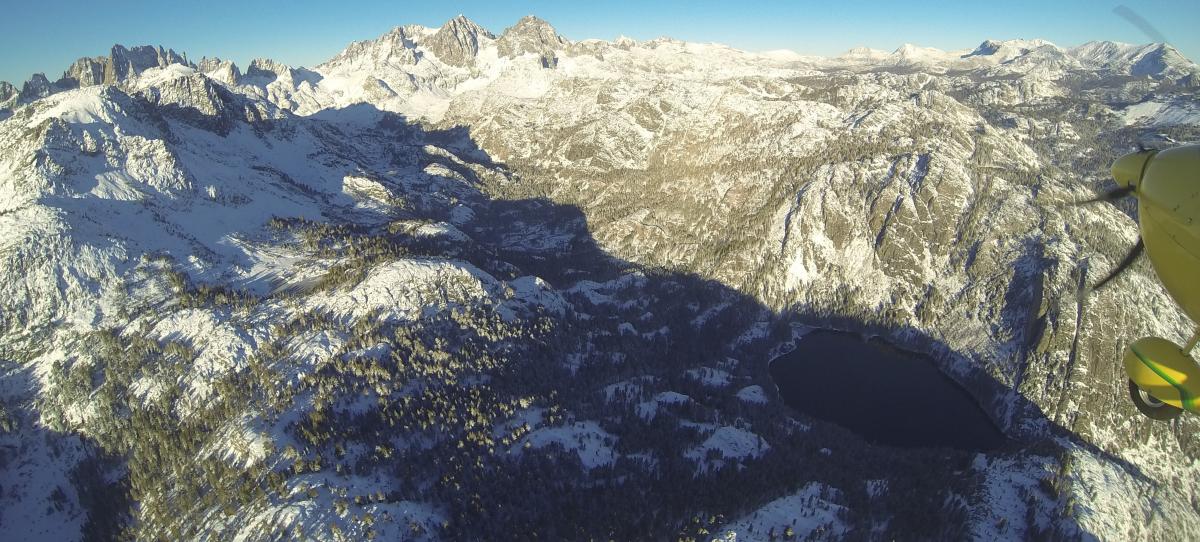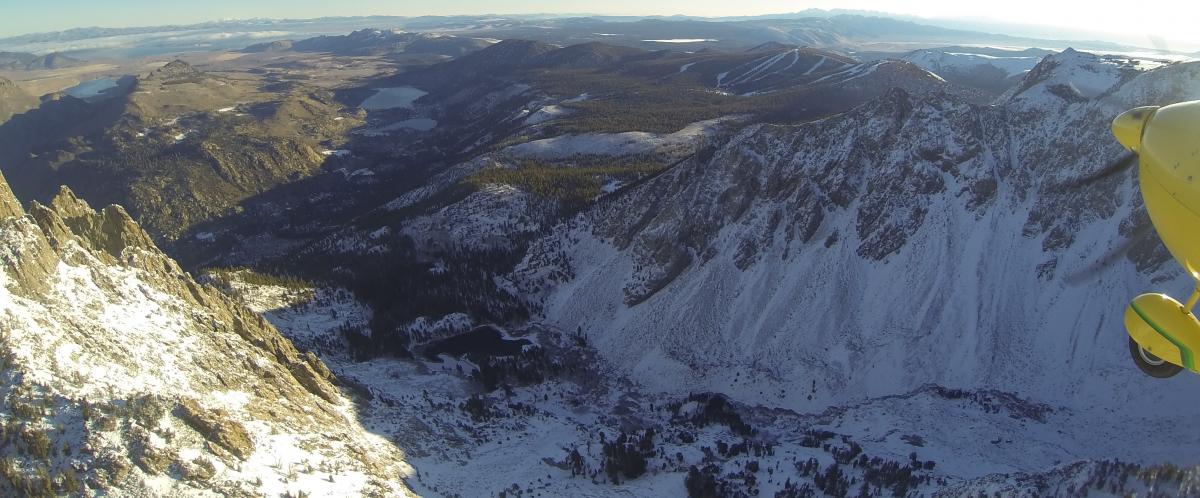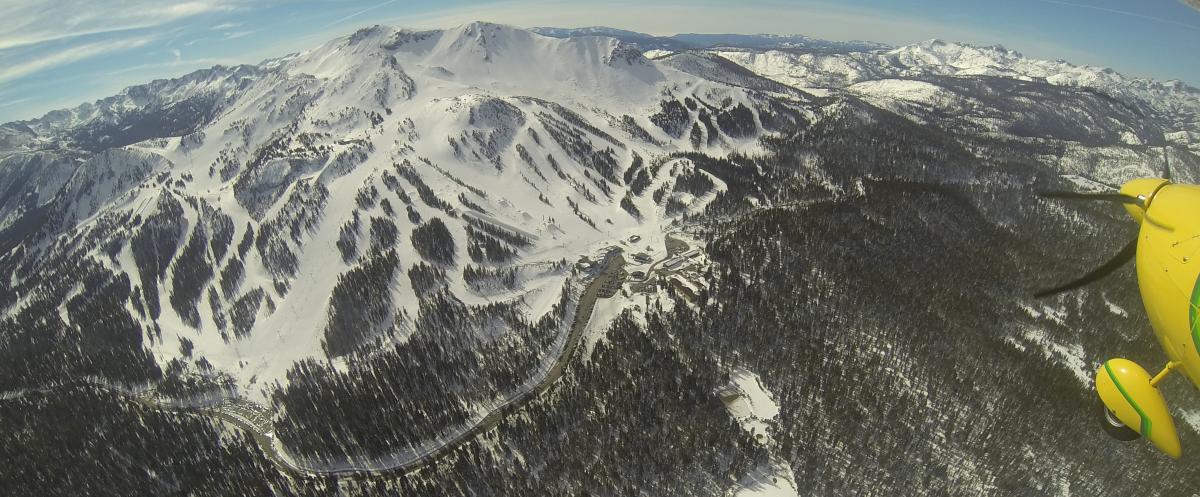Remember this, "Severe Clear" comes with the most severe winds and turbulence on that route, regardless which you pick. If you can cross the mountains downwind, you are golden as nature will work in your favor giving you lifts as you approach ridges. Crossing them into the wind is where you have to visualize where the vortices form and the eddies and reverse flows run. If you have ever watched water flow through a dam of rocks in a creek, it's the same thing.
The smartest thing to do I'd fly south along the western slope until you get to the first major crossing highway which IIRC will be the Corona pass I-15? It's been a while since I operated there, and I had a turbo twin for a reason. Follow the farm valley down and a major highway through the mountains, it will provide you a low route and some landing possibilities. Being able to stay down at higher performance altitudes longer and not spending the time climbing (although a PA-28-180 should climb fine unless at gross) may make the extra distance issue a small factor in time.
Oh yeah, always remember, if you are flying into the wind towards a ridge and the plane starts climbing, climb with it. Call ATC and tell them you are in an uncommanded climb in a wave and may exceed 180, don't worry about the altitude for the short time you'll be there, because in a couple of minutes you'll be on an express elevator down that is coming down that slope facing you. Put the nose down and go for airspeed to clear the ridge. If you put the nose down in the updraft, you won't clear the ridge.





